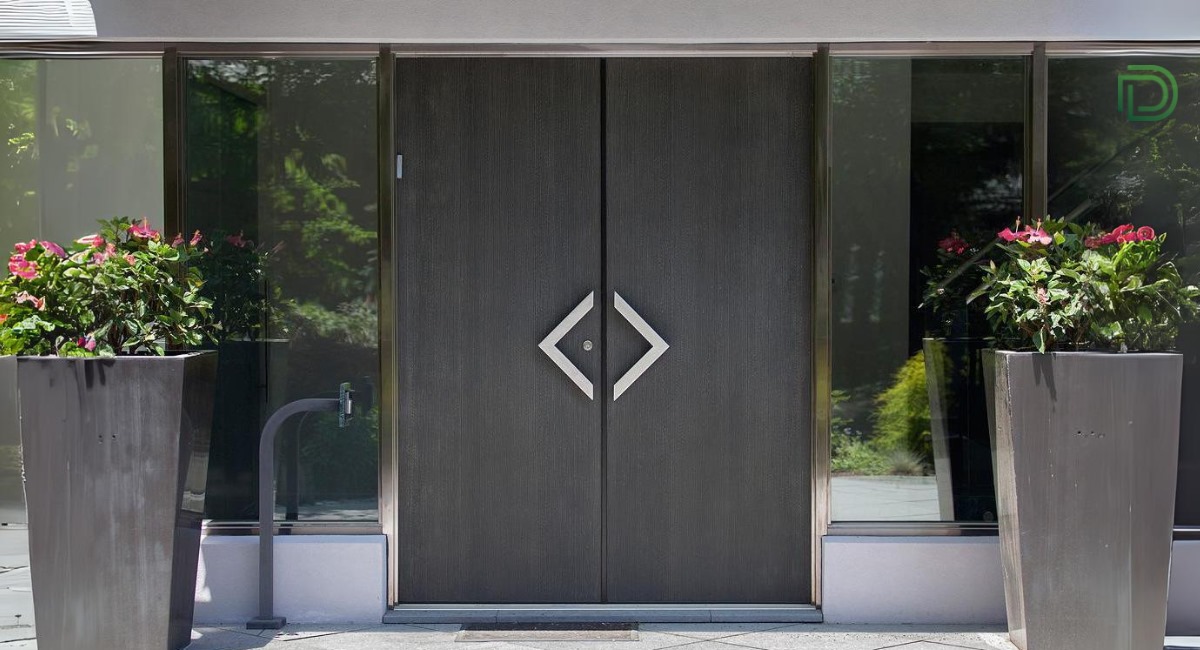In the realm of multi-residential architecture, aesthetics, and functionality often take center stage – even for some rental properties. While these aspects are crucial, the safety and well-being of the occupants should never be compromised. One often overlooked yet critical element in multi-residential rental property design is fire-rated doors. These doors are not just a regulatory requirement but also a vital component of a comprehensive fire safety strategy. Let’s take a look at the significance of fire-rated doors and explore innovative ways to incorporate them seamlessly into multi-family rental properties.
Understanding Fire-Rated Doors
Fire-rated doors are specially designed to withstand fire and smoke for a specified duration, allowing occupants to safely exit a property and preventing the spread of flames and toxic gasses. In multi-residential rental settings, they are typically installed in key locations like entryways, garage-to-building connections, and within the hallways to compartmentalize fire-prone areas.
Safety First: Complying with Regulations
Building codes and regulations govern the use of fire-rated doors in multi-residential construction. Compliance is not just a legal requirement but also a moral obligation to protect the lives and property of tenants and occupants. Architects must familiarize themselves with local building codes and ensure that the fire-rated doors used in their designs meet or exceed these standards.
Aesthetic Integration: Form Meets Function
One common misconception is that fire-rated doors detract from a rental property’s aesthetic appeal. Modern advancements in design and technology, however, have made it possible to seamlessly integrate these doors into the overall architectural vision for multi-family rental properties. Consider incorporating fire-rated doors that mimic the appearance of standard doors, allowing them to blend effortlessly with the design scheme.
Material Matters: Choosing the Right Door
Fire-rated doors are typically constructed using materials that have been rigorously tested for their fire-resistant properties. These doors are available in various styles and finishes, including wood, steel, and glass. Architects can select materials that complement the design concept while ensuring they meet fire safety requirements.
Strategic Placement: Zoning for Safety
Incorporate fire-rated doors strategically to create fire zones within the multi-residential rental property. For instance, consider installing them in areas like kitchens and utility rooms, where fire risks are higher. These doors can help contain potential fire outbreaks, giving occupants more time to escape and minimizing property damage.
Enhanced Functionality: Multi-Purpose Design
Modern fire-rated doors can serve dual purposes. For instance, a fire-rated door can also be a soundproof door, offering privacy and tranquility in a bustling rental property. Such thoughtful design choices enhance the functionality of the space while prioritizing safety.
Evacuation Planning: Escape Routes
Architects should work closely with landlords to develop effective evacuation plans. Ensure that fire-rated doors are strategically placed along these escape routes, providing clear pathways to safety. Consider including emergency lighting and signage to further facilitate evacuation in case of a fire.
Sustainable Solutions: Eco-Friendly Fire Safety
Sustainability is a growing concern in rental properties, and fire-rated doors are no exception. Explore eco-friendly options that combine fire resistance with sustainable materials. This not only aligns with the global trend toward greener living but also promotes responsible design practices.
Maintenance Matters: Longevity and Reliability
Fire-rated doors must be maintained regularly to ensure they function as intended. Landlords should educate themselves on the importance of routine inspections and maintenance to guarantee the doors remain in top condition throughout their lifespan.
Collaboration and Communication
Effective communication between architects, builders, and fire safety experts is paramount. Architects should engage in open dialogue with all stakeholders to ensure that fire-rated doors are integrated seamlessly into the design and construction processes.
Future-Proofing: Adapting to Changing Needs
Multires rental properties need to evolve. Architects should design with adaptability in mind, making it easier for landlords to upgrade or replace fire-rated doors as their requirements change.
Conclusion
Incorporating fire-rated doors into multifamily rental properties is not just a legal obligation but a moral responsibility. These doors can be seamlessly integrated into the overall design while enhancing safety, functionality, and sustainability. By prioritizing fire safety and collaborating closely with rental property owners and experts, architects can create rental properties that not only look stunning but also provide a secure and protected environment for their occupants. Remember, in the world of multi-residential rental properties, safety should always come first.

